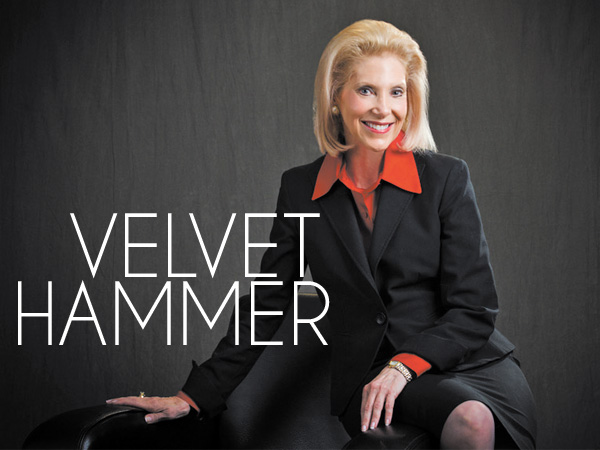Q: I’m a department manager at a company where the dress code is very casual. The firm just hired a new CEO who wears a formal business suit to the office every day. Should I also wear a business suit?
—A Hawaiian Shirt Guy in Belleville
A: I’d certainly consider the boss’s attire a style cue. It might not be a bad idea to start wearing a tie and jacket to work; however, I wouldn’t attempt to mimic his look. That would probably invite reproach from my colleagues, as they’d naturally assume I was trying to curry favor with the boss (and the boss, too, might question my motives). Even if everyone else continues to dress casually for work, I would, nevertheless, review my current business attire to be certain I wasn’t dressing down too much. I believe, at a minimum, a man should wear to the office something along the lines of an oxford shirt, slacks (no jeans) and loafers; for women—a tailored blouse (no plunging necklines), slacks and flats (no flip-flops). Finally, I’d take a good look in the mirror to ensure I was clean-shaven and my hairstyle was business appropriate. Personally, I don’t think you can ever go wrong with a clean-cut, conventional look.
Q: I attend countless meetings where I’m expected to make a presentation while seated. As a petite female, it’s hard to look and sound authoritative when sitting at a large conference table. Any suggestions?
—Small but Mighty in Clayton
A: A diminutive stature doesn’t have to limit your effectiveness when making seated presentations; you may, however, need to modify your presentation style to compensate for any shortcomings. Take advantage of resources at your disposal to help make your presence in the room appear more prominent, such as sitting at the head of the conference table (if that’s an option), dialing up the elevation mechanism on your conference room chair; or placing an extra cushion on the seat to make you look ‘taller in the saddle.’ Position your chair as close to the conference room table as possible to make you appear more in the game. But allow yourself enough room to maintain a proper, but comfortable, posture while seated. Good posture lends itself to better breath control as you speak, making it easier for you to modulate the volume and tone of your voice, thus helping you sound more authoritative. If you don’t already do so, I’d also suggest working into your presentation repertoire some expressive hand gestures; they act as visual aides to help animate your talking points. You might even try holding a pen as you speak, as a prop, to show you mean business. Skillfully applied, these simple techniques can help anyone ‘stand 10 feet tall,’ even if just seated at a conference table.
By Joan Berkman
[If you have a question for Joan, send it to business@townandstyle.com. Joan Lee Berkman is a marketing and public relations consultant.]
